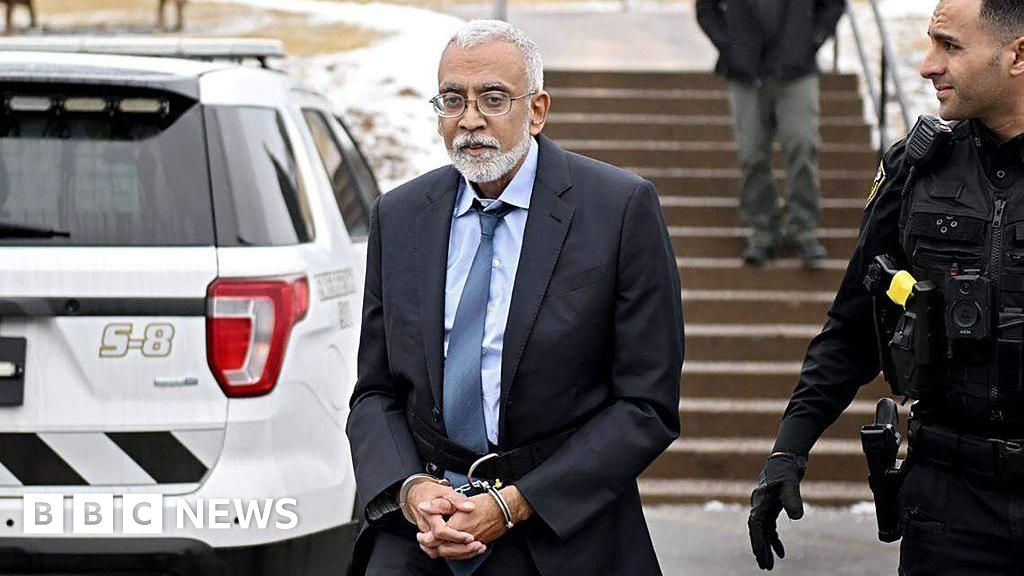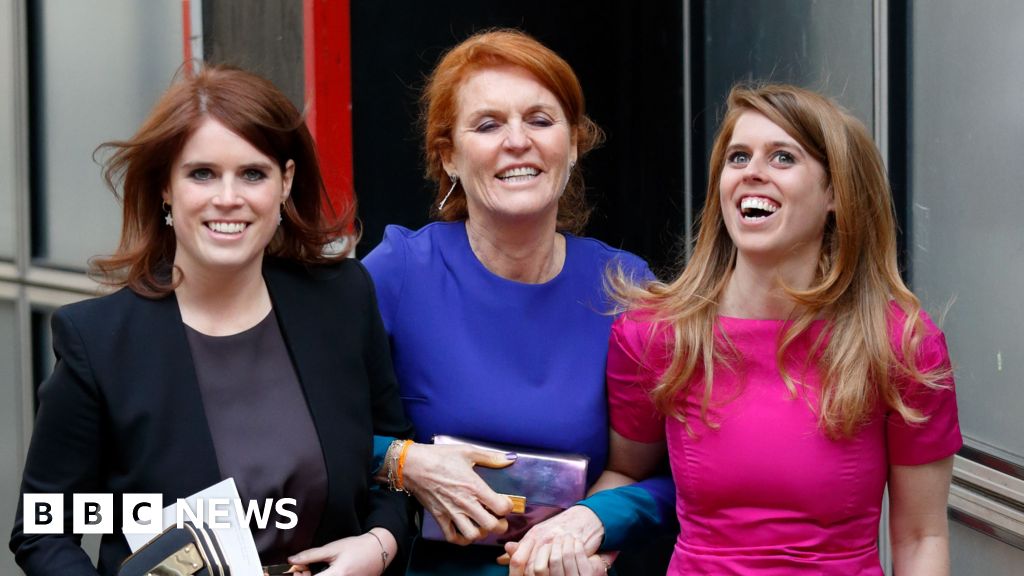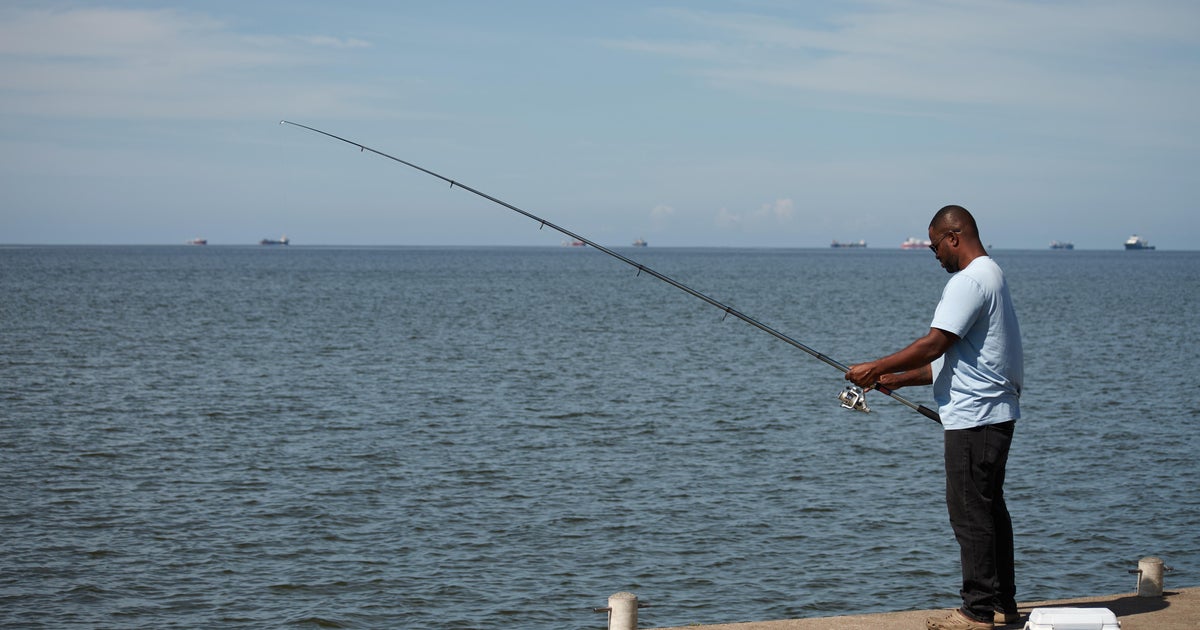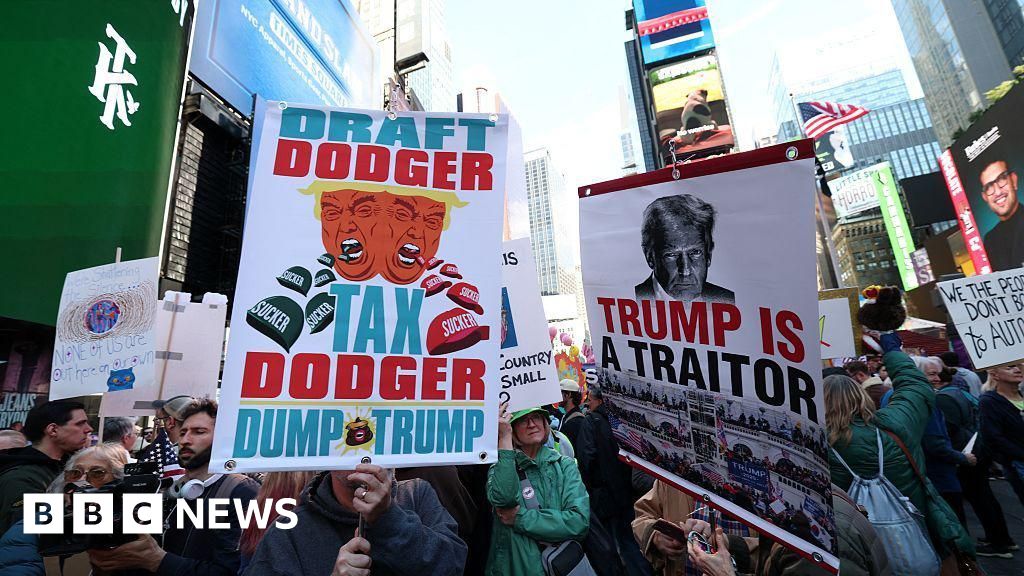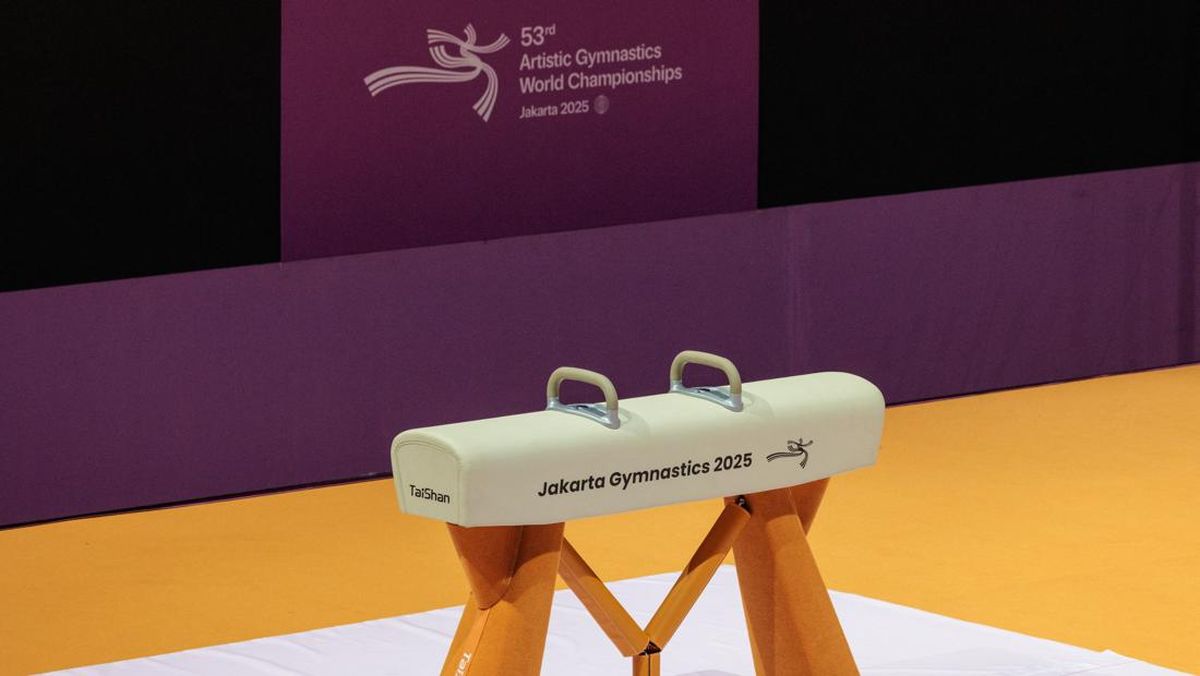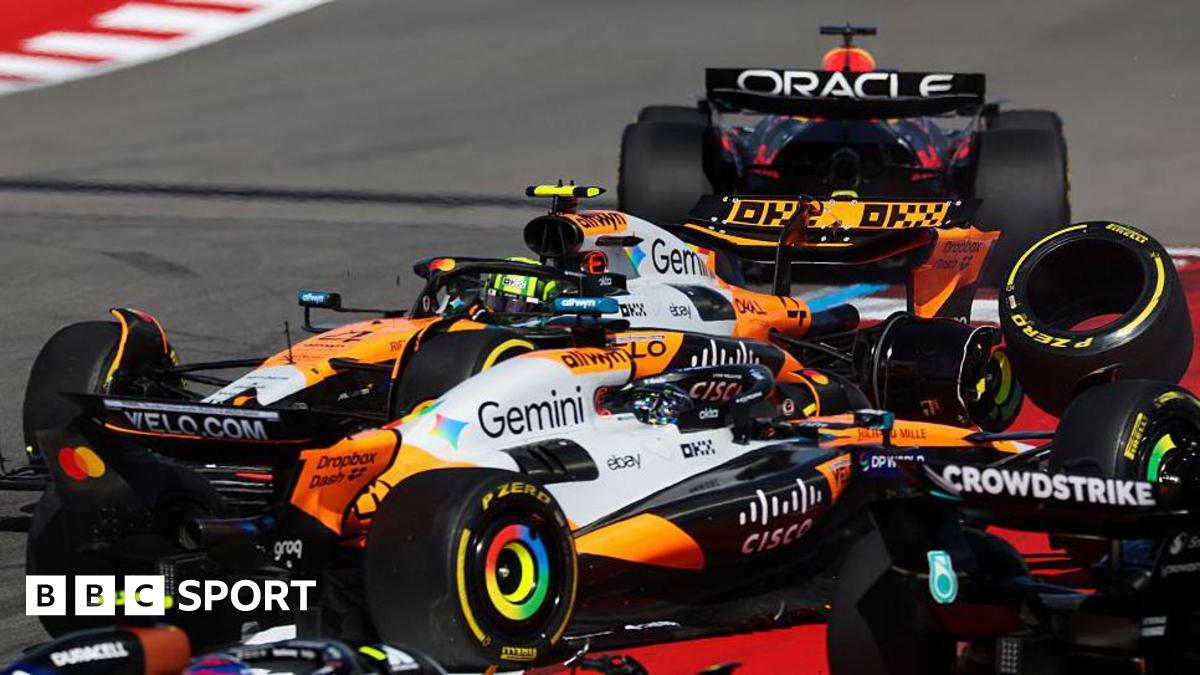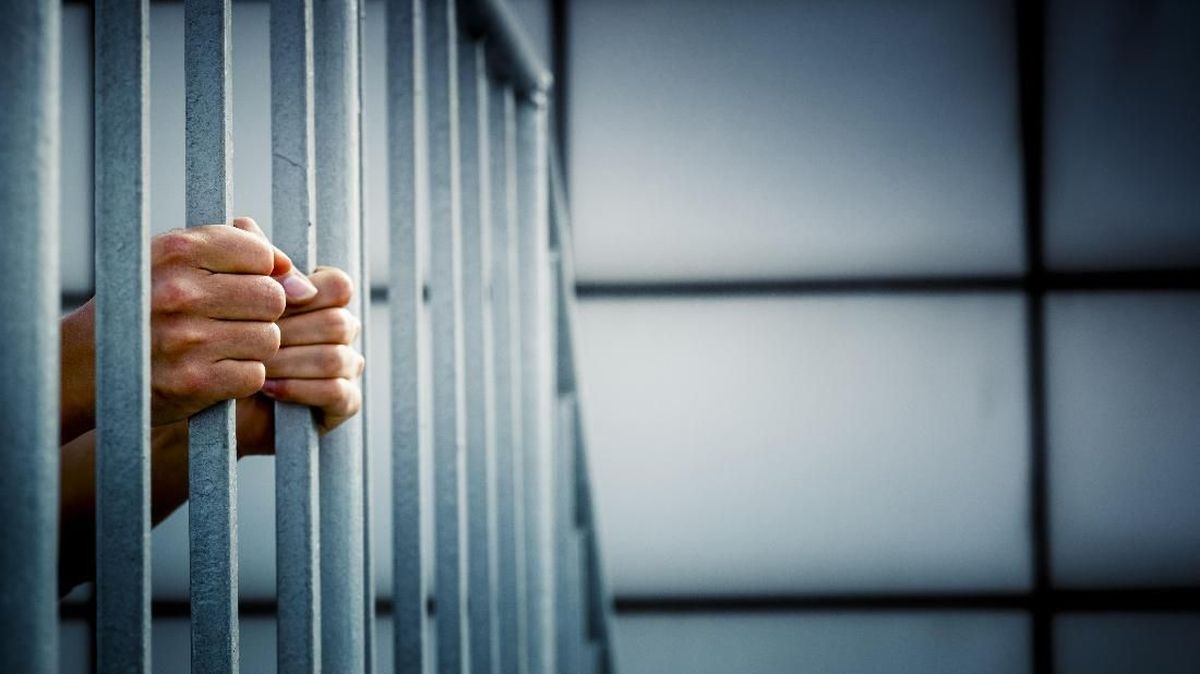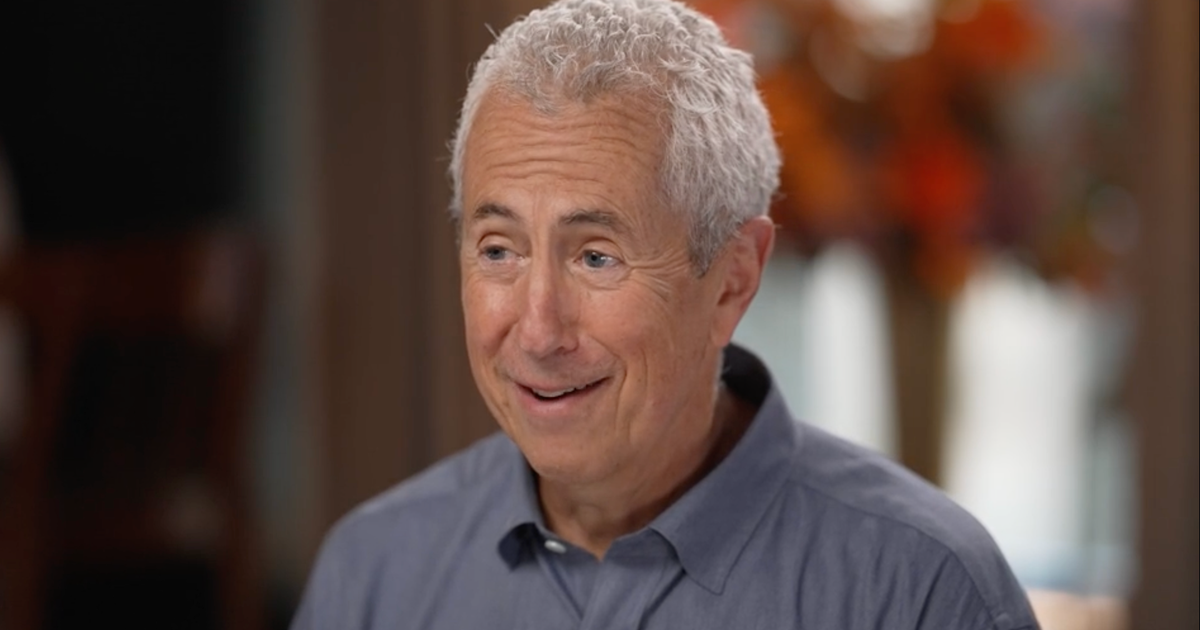For almost as long as Sydneysiders have complained about house prices or asked each other which school they went to, Sydney’s government planners have attempted to brand Parramatta as our city’s “second CBD”.
And for most of that time, Sydneysiders responded with something like the line in Mean Girls about making “fetch” happen: “Stop trying to make Parramatta happen – it’s not going to happen”.

Downtown Parramatta is flourishing. Credit: Wolter Peeters
And rightly so: walking down Church Street in decades past often felt akin to stepping into a large country town with a pub and a town hall, plus an oversized shopping centre.
But now, incredibly, Parramatta’s done it. It has risen to the promise of those long-sighted planners. In what took decades, and then happened overnight, Parramatta has finally become Sydney’s second CBD.
The city’s colonial origins placed it firmly as No.2: British colonists came to Parramatta 10 months after stepping onto Sydney Cove, finding it to be the furthest they could get on water before the river became too narrow. The settlement was never going to beat Sydney’s pristine coastline or access to resources in the early days.

The Sydney Region Outline Plan of 1968 envisaged Parramatta and Sydney, as well as Campbelltown, as the major business districts.Credit: State Planning Authority/City of Sydney Archives
But it was as early as 1968 when planners saw its potential. The landmark Sydney Region Outline Plan, a mammoth document that set the blueprint for growth corridor development we see today, proposed for the first time that “steps be taken to expand the Parramatta centre to become a very major commercial employment centre”. It said 50,000 new jobs should be placed in the region and proposed Parramatta become the connecting point for a north-south rail corridor between Newcastle and Wollongong (sound familiar?).
The plan was replaced long before its 30-year vision arrived. But the groundwork had been laid for Parramatta’s potential as a future second CBD. And now we have it.
Stand in the middle of the new Parramatta Square and see the fruition of that vision: the land that was once a single-storey carpark is now home to one of Australia’s most dynamic universities, which is next to one of the country’s most beautiful public libraries, which is next to the home of the public broadcaster, which is next to the home to thousands of state government bureaucrats, which is next to top consulting companies and banks.
That’s before you look across the dozens of new apartment buildings, where the new light rail stretches out into suburban centres to Carlingford, and will later take commuters all the way to Sydney Olympic Park. There’s the city-shaping metro opening next decade, the cultural behemoth that is the Powerhouse Museum, and a pedestrian link that will connect them all to the increasingly clean river.
Need an arts fix? The Riverside Theatres complex, already host to many fine productions, is about to be redeveloped into one of the finest arts precincts in the nation.

The winning design of the new $188 million Riverside Theatres.Credit: Cox Architecture with 3XN Architects, Aileen Sage, Turf Design Studio and Bangawarra
Sport? Commbank Stadium, just a stroll from Parramatta Square, has already cemented its reputation as the best venue in NSW to watch rugby league, rugby union or soccer.
But there’s at least one thing that sets a CBD apart from a real city: the interesting. The layer of discovery, surprise and fun that entrances visitors, encourages people to spend time in public spaces, and cultivates a sense of belonging among its residents.
That’s where Parramatta distinguishes itself from, say, Macquarie Park, the sterile corporate centre-cum-science precinct with unusually large office blocks that exist between major motorways. There is nothing exciting about spending time there.
Here, though, you don’t need to look far to find something interesting. Before you leave the square, the regular chess and table tennis games are going on, with live music from young local musicians coming from nearby. There is genuinely world-class dining on every precinct. (There’s far more to be done on this front, though. We reported last week that the region is still struggling with business vibrancy late at night, despite a high variety of late-night dining options. This will come with time.)
Loading
Parramatta has not yet reached its peak – in terms of building height and its overall growth as a city. And it’s only halfway there. The local council’s 2050 vision paints a far more ambitious goal than just being Sydney’s second-in-command: it wants to be known the world over, and it’s demanding legislative change (the creation of the City of Parramatta Act, which would give it more powers in line with what the City of Sydney has) to make it happen.
When I told inner-city councillors, developers and other sources that I would start reporting exclusively on Parramatta and the west, the refrains were predictable: “Don’t forget to change your watch for the timezone!” “Do you have your passport?”
These cynics have always sneered at the west, and there’s no sign they’ll get on board with its growth now. But ironically, while Sydney has for so long sneered at the west, Parramatta has quietly been building up a city. And now there’s no doubt where it stands.
Anthony Segaert is the Parramatta bureau chief at The Sydney Morning Herald.
Most Viewed in National
Loading


